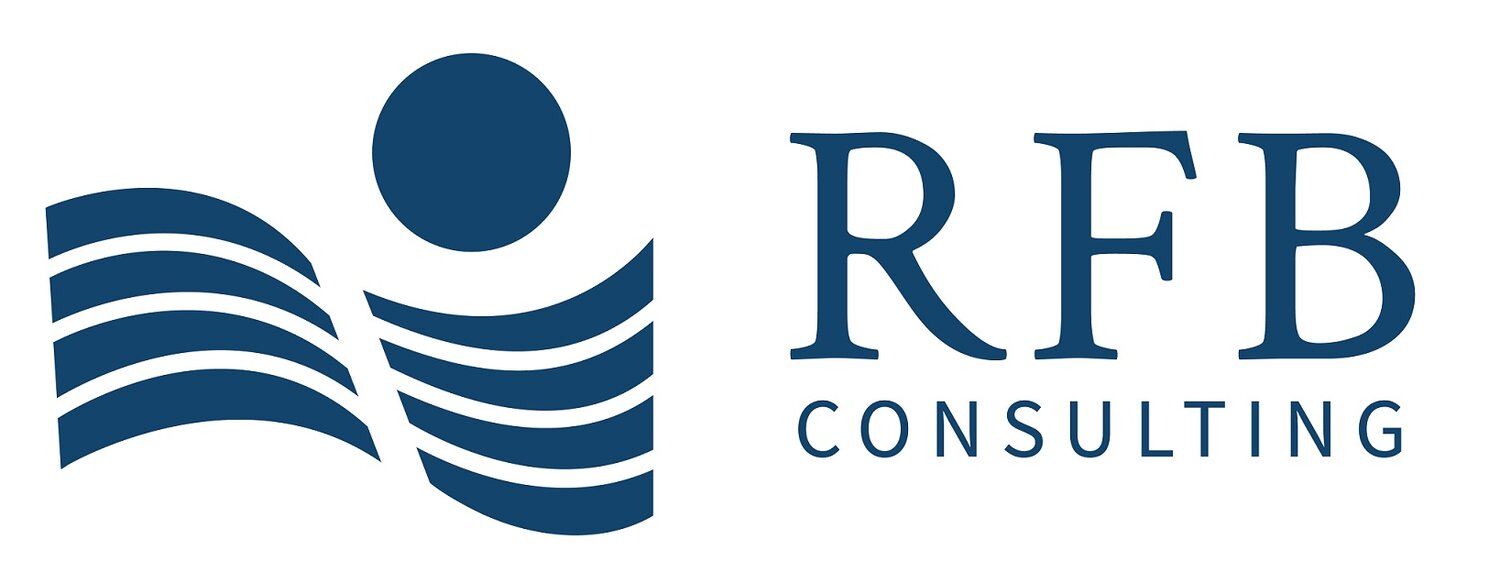
Transactional Risk Management means assessing and managing any change of control scenario appropriately.

What is M&A Insurance?
-
By shifting the risk of such risk-related losses from the seller to an insurer, the buyer and seller can limit or even eliminate the seller’s liability for certain breaches, all without materially diminishing the buyer’s coverage.
-
Sellers can achieve “Clean Exit” from their investments or cover themselves to prevent sale proceeds being tied up in escrow accounts. This is particularly useful for managed funds who need to return funds to their investors, but has the potential for a significant time-value gain for any seller.
-
Buyers can ensure that warranties have real value even if the seller is unable to pay a warranty claim which arises some time in the future.


We recognise that it has become increasingly difficult for transactional liability insurance users to discern the differences between service providers.
In dealing with insurable and non-insurable risks, we offer comprehensive risk management consulting and advisory for companies investing into Corporate entities or in the Real Estate sector.
Our clients all look to us for smart answers to their largest and most complex risks in a dynamic, multinational business environment.
Structured Solutions for All Industries
We Engineer Financial Results
The Original RFB M&A Insurance Structure Charts offer a simple overview.


M&A Insurance can be used to smooth out negotiations, provide a clean exit, and reduce both escrow and potential friction with a newly acquired management team.
We help you to develop a risk and insurance policy according to your takeover transaction's specific risk profile.
In a qualified risk dialog with you, we systematically determine your transactional risk and make a calculated decision on how to handle the insurable risk.


Coverage Basics
OPTIMUM COVER FOR WARRANTIES THAT ARE:
Fairly balanced and in sellers’ scope of knowledge
Capable of factual verification (avoid subjective statements or “sweepers”)
Not forward looking
Capacity: single and XS
Pricing: one off premium payment cca. 1% - 3% (0.6% -2% for Europe) for most EMEA deals, but influenced by:
Jurisdiction of the target’s business and assets and business sector
Complexity of the transaction
Transaction value, insurance limit, coverage, policy period, retention/deductible, policy structure
Level of due diligence (both buyer and seller)
Retentions: 0-2 % of transaction value
De minimis: generally 0.1% of transaction value or DD threshold
Policy period: Mirrors or extends underlying agreement, up to 7-10 years


Underwriting of W&I Insurance
Underwriting Focus
Insurers usually want evidence of a thorough DD-process, and that negotiations have been on arm's length terms (as “in the absence of W&I insurance”):
Availability of comprehensive legal, financial, tax and other specialist diligence reports (NB: thresholds v SPA de minimis).
Exclusions and assumptions to the DD reports should not carve out issues of material importance.
Data room access - evidence of disclosure by the seller of all material documents relevant to the business.
Comprehensive responses in Q&A during the transaction process.
Underwriting Process
Entering into an Expense Agreement (a contract which binds the parties to pay EUR10-30k (depending on carrier and type of the deal) for the underwriting/legal review of deal documents) - 2-3 days.
Underwriting: receipt of deal documents, second review by local counsel hired by the preferred insurer, policy negotiations - 7-10 days.
Biding of the policy: inception and payment of the insurance fee (usually the parties have 10-30 days to pay after inception) - 1-2 days.






